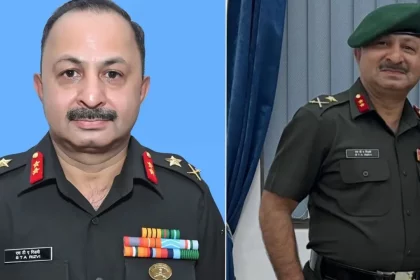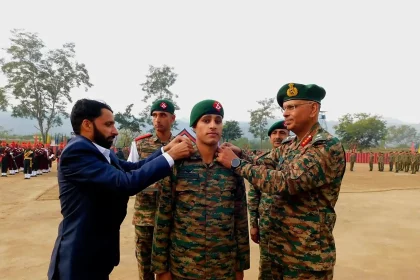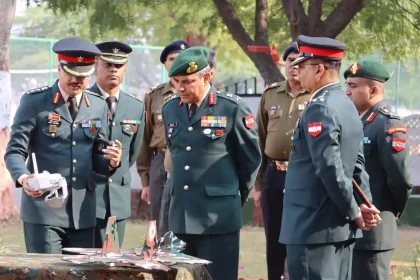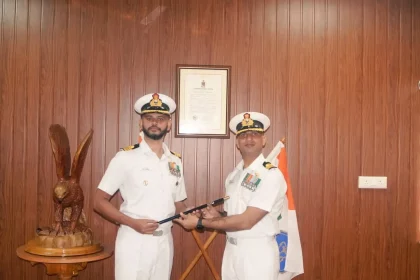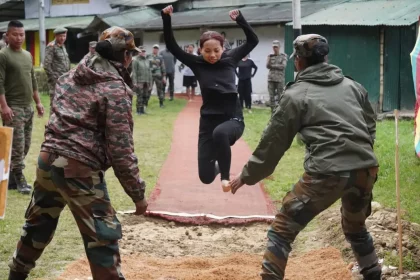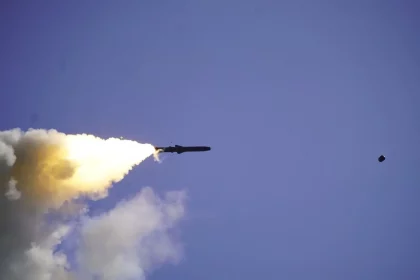Surya Command Mourns the Passing of Maj Gen Syed Taqui Abbas Rizvi, MG ASC; Officer Laid to Rest with Full Military Honours
Surya Command expresses heartfelt condolences after the senior officer’s demise in Lucknow.
262 Young Recruits from J&K Join JAK LI Regiment in Proud Passing-Out Parade at Dansal
White Knight Corps Hails Discipline and Dedication of Newly Inducted Recruits.
Lt Gen AVS Rathee Unveils Konark Aeromodel Training Node, Boosting Future-Ready Warfare Skills
Lt Gen AVS Rathee Highlights Tech-Driven Training with Visit to Konark Aeromodel Training Node.
Commander Sudhanshu Bhardwaj Assumes Command of INS Jatayu at Minicoy Island
New Leadership to Enhance Naval Operations in the Arabian Sea.
Territorial Army Holds Historic Recruitment Rally in Nagaland, Opens Entry for Women for the First Time
First-Ever Women Soldiers Set to Join TA’s Home & Hearth Battalions After Zakhama Rally.
Indian Army’s BrahMos Unit Successfully Executes Long-Range Precision Strike Mission
BrahMos combat launch validates India’s precision strike readiness and technological self-reliance.

